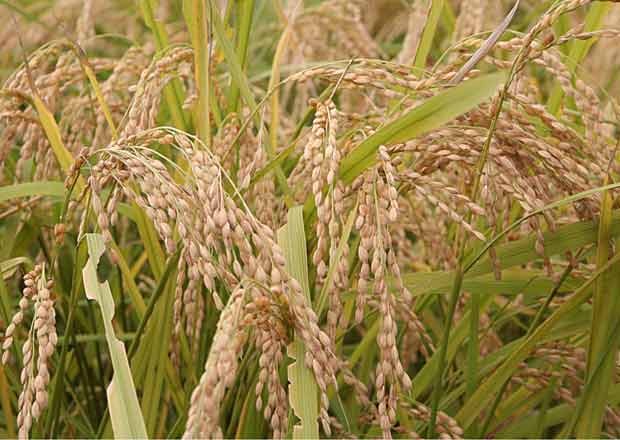by admin | Feb 12, 2013 | Videos

by admin | Jan 30, 2013 | Womens Health
Strawberries and blueberries are rich sources of beneficial plant pigments known as flavonoids. In particular, these berries provide specific types of flavonoids known as anthocyanins, which provide exceptional protection against damage to the lining of blood...

by admin | Jan 23, 2013 | Natural Facts
The common belief is that consumption of artificial sweeteners will lead to a reduction in the calories consumed. If true, this would then lead to weight loss or prevention in weight gain. Unfortunately, this effect is not what happens. Detailed studies have not shown...

by admin | Jan 16, 2013 | Cancer, Natural Facts
One of the most important nutritional products to be introduced in years is the combination of Ip6 – short for inositol hexaphosphate – and inositol. This combination of naturally-occurring compounds produced from rice bran has demonstrated impressive...

by admin | Jan 9, 2013 | Heart Disease
More than 60 million Americans have high blood pressure (high BP) including more than half (54.3%) of all Americans age 65 to 74 years old and almost three quarters (71.8%) of all American blacks in the same age group. High BP is a major risk factor for a heart attack...






